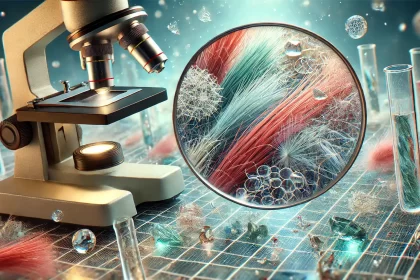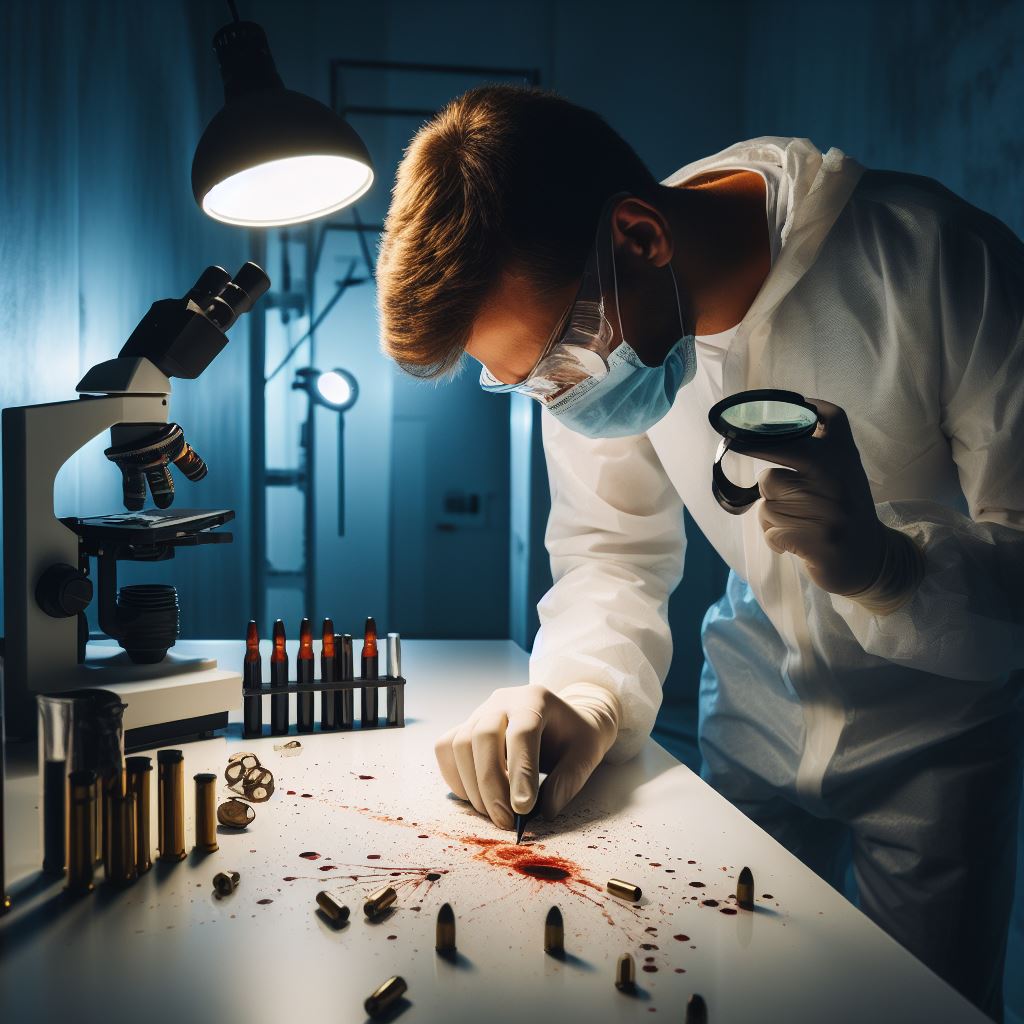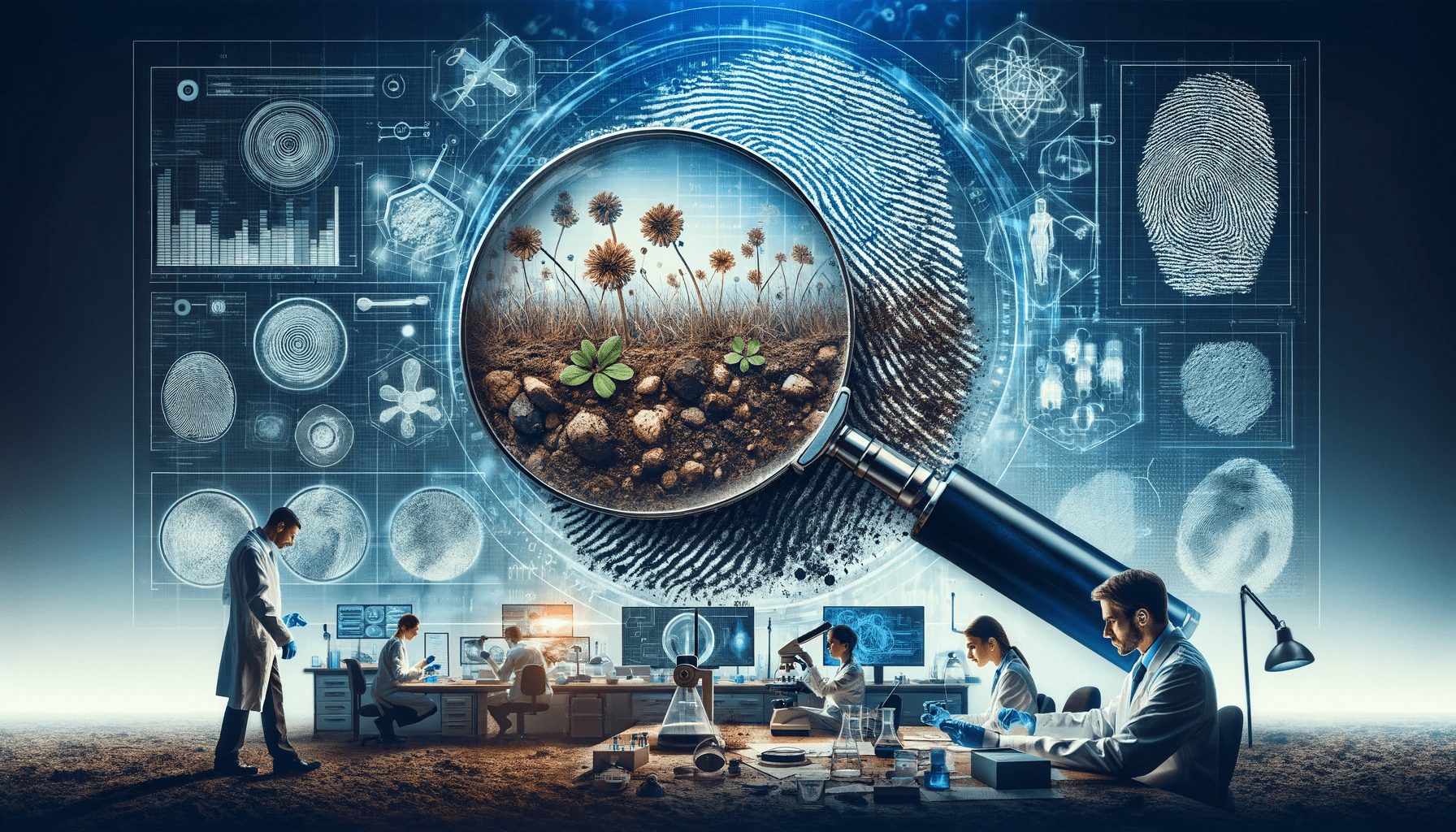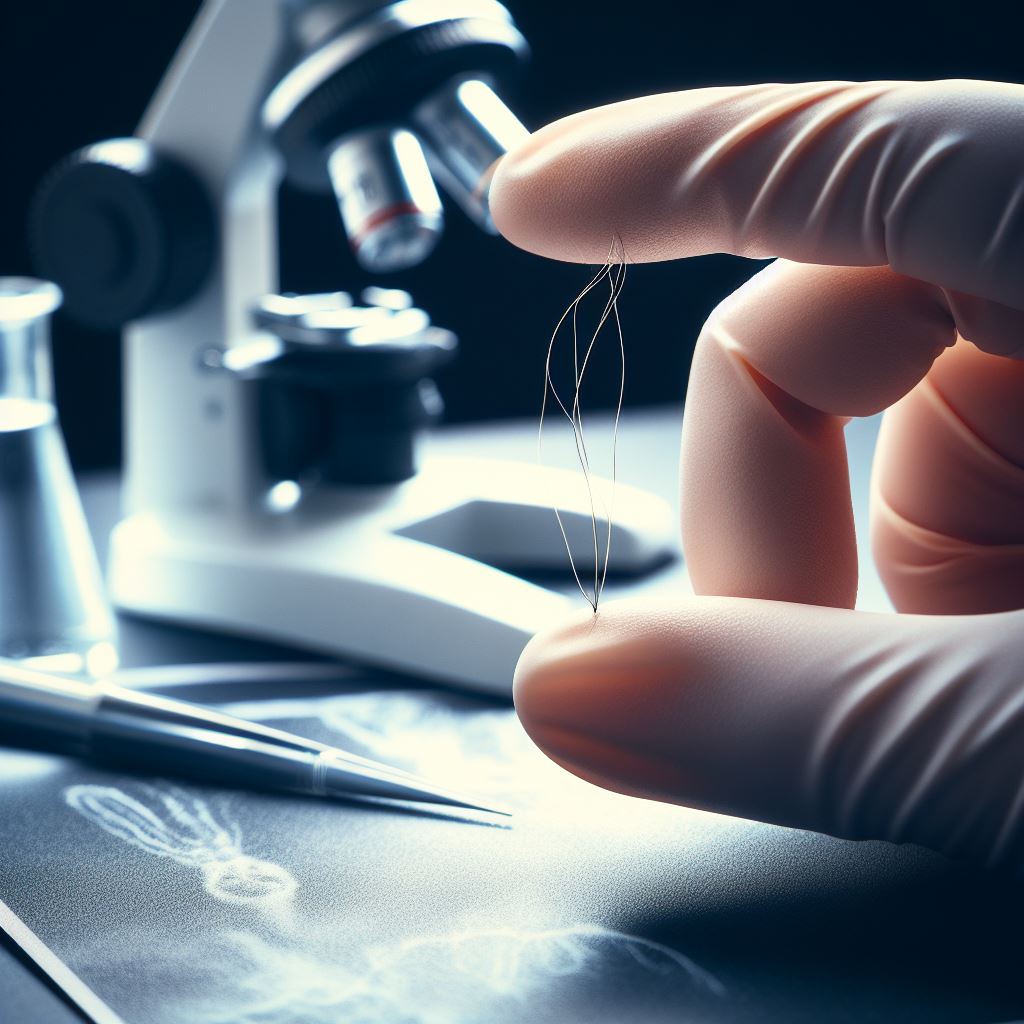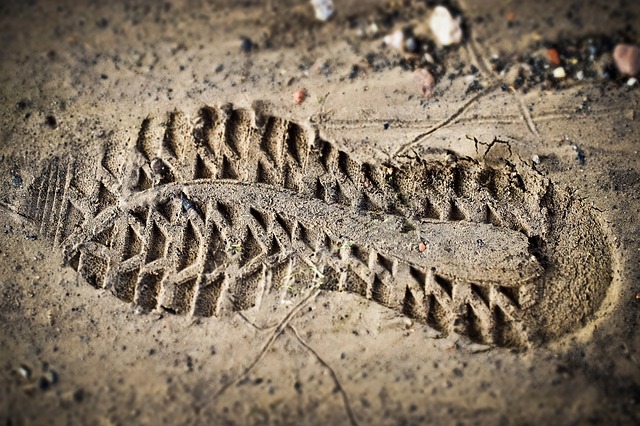Nanomaterials in Forensics: Revolutionary Tools for Crime Scene Analysis
Explore how nanotechnology revolutionizes forensics by enhancing evidence detection, DNA analysis, and trace evidence visualization with molecular precision.
Trace Evidence in Forensic Science: Definition & Sources Explained
Explore the definition, types, and significance of trace evidence in forensic science. Learn about modern collection techniques, lab analysis, and emerging technologies shaping investigations.
Role of Physics in Forensic Science: Bridging Law and Science
Dive into the intersection of physics and forensic science, where the tiniest evidences meet the most fundamental laws of the universe to solve complex crimes…
The Crucial Role of Soil in Forensic Science: Unveiling Its Significance
Explore the crucial role of soil in forensic science. Learn how soil analysis aids crime scene investigations and unveils vital clues.
Investigating Fibre Persistence in Aquatic Environments
A study led by Afsané Kruszelnicki explores textile fiber persistence in aquatic environments, challenging forensic science perceptions and potentially revolutionising the interpretation and collection of…
Types of Physical Evidence
This post discusses the different types of physical evidence that can be found at a crime scene, including biological, trace, and impression evidence.
Importance of Tool Marks in Criminal Investigations
This article explains how tool marks can be used in criminal investigations. It discusses the different types of tool marks and how they can provide…
AI trained to recognise footprints, but it won’t replace forensic experts yet
Explore how AI revolutionizes the analysis of footwear impressions, outperforming casual users but supporting forensic experts in crime investigations.




